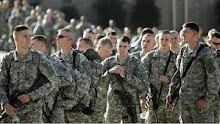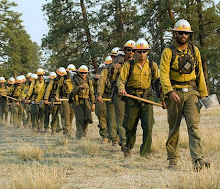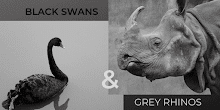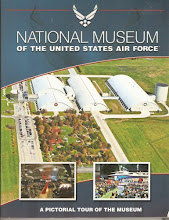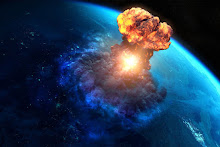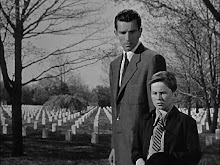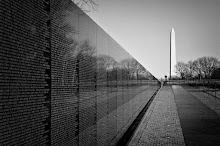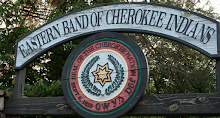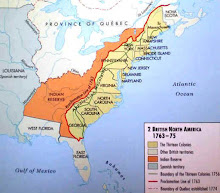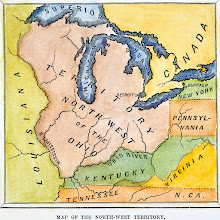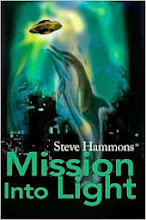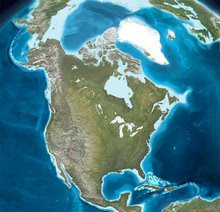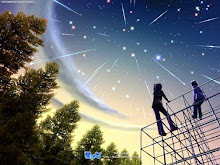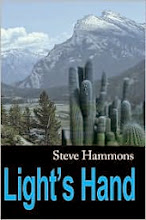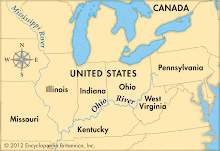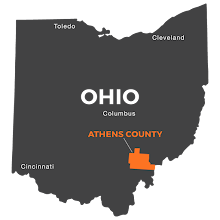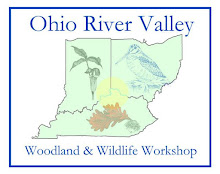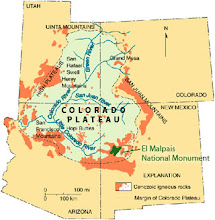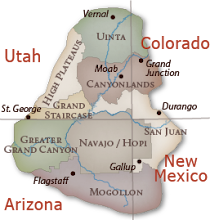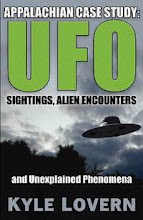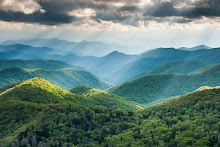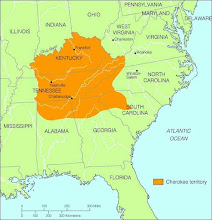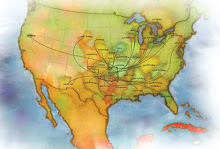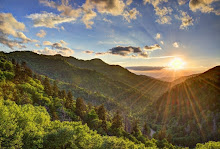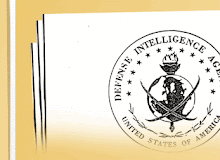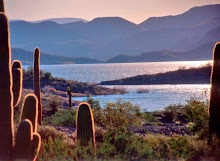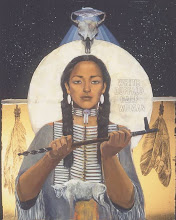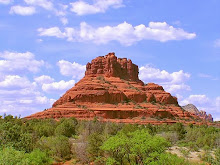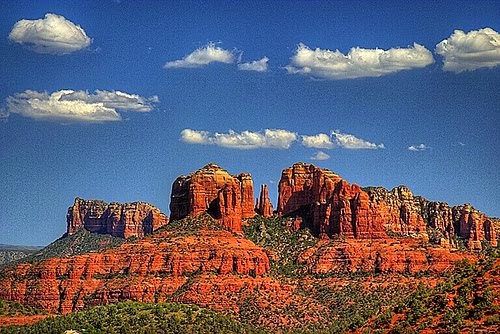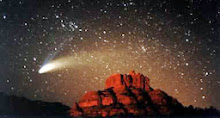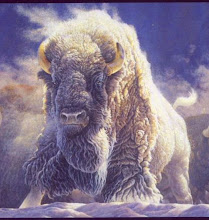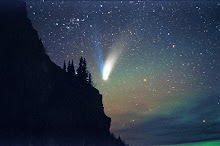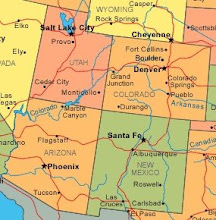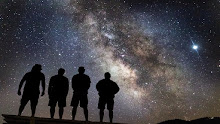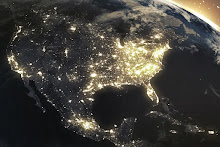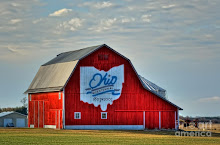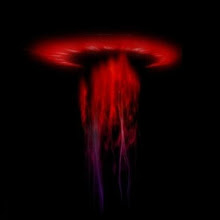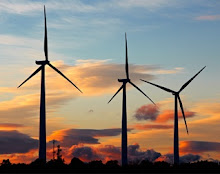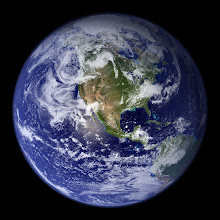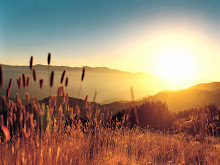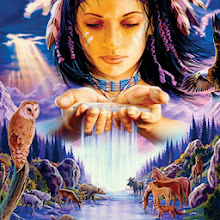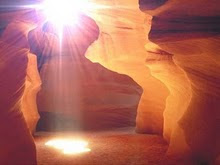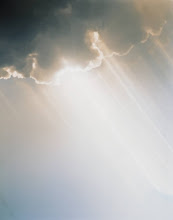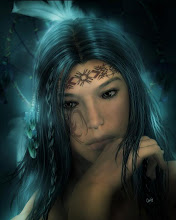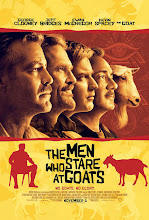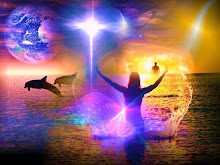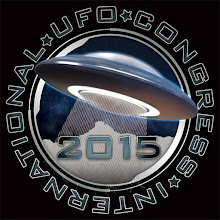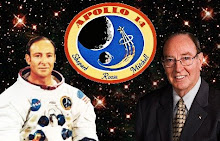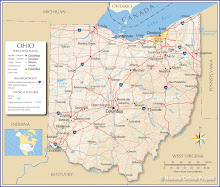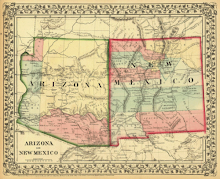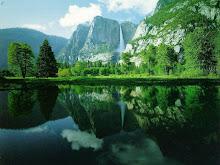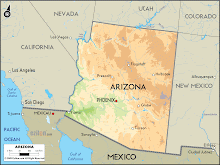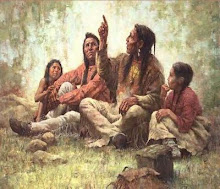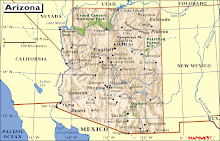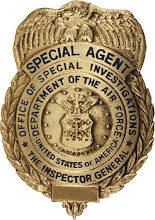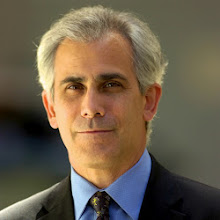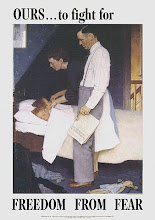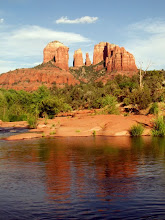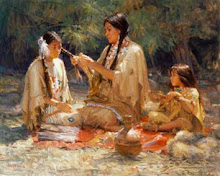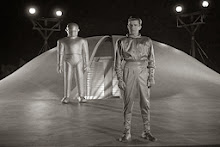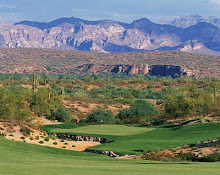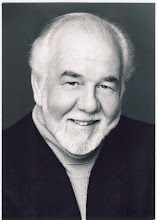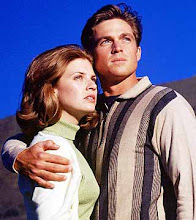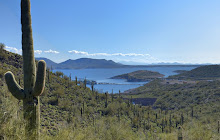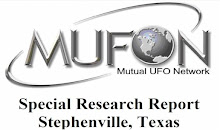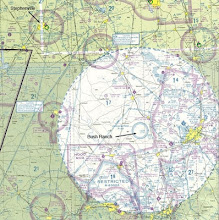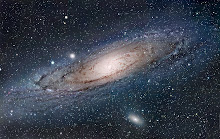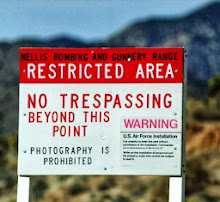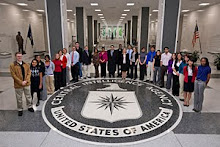Friday, October 26, 2018
How many Americans have Cherokee connection in their lineage?
By Steve Hammons
Recent national discussions have brought attention to Americans who may have varying degrees of historical, cultural and genetic connections to the Cherokee. These discussions might turn out to be very helpful in achieving greater understanding of Cherokee history.
This history is both similar to and different from other Native American tribes. This is true even for other tribes that were indigenous to regions surrounding the old Cherokee homeland in the southern Appalachian mountain range of North Carolina, Tennessee, Kentucky, West Virginia, Virginia, South Carolina, Georgia and Alabama.
Controversies in the media recently have included elements such as:
- Americans with family stories or other indications of Cherokee or Native Americans in family trees
- Degree and scope nationally of Cherokee heritage in the U.S. population
- Animus toward and shaming of Americans who might or do have Cherokee lineage
By learning more about U.S. history and gaining more insight about key factors involved, we could discover that people who might or do have Cherokee in the family tree have no need to feel ashamed or to be affected by shaming.
In fact, this national discussion may lead to increased education and awareness, and prompt more Americans to explore their heritage.
PRESENT AND PAST
What is the scope of Cherokee intermixing with the general U.S. population today?
Gregory D. Smithers, PhD, is an expert on Cherokee history and culture. He is a professor of history at Virginia Commonwealth University and author of the book "The Cherokee Diaspora: An Indigenous History of Migration, Resettlement, and Identity."
In a 2015 article on the website Slate titled “Why Do So Many Americans Think They Have Cherokee Blood?” Smithers wrote, “Recent demographic data reveals the extent to which Americans believe they’re part Cherokee. In 2000, the federal census reported that 729,533 Americans self-identified as Cherokee.”
Smithers noted, “By 2010, that number increased, with the Census Bureau reporting that 819,105 Americans claimed at least one Cherokee ancestor.”
“Census data also indicates that the vast majority of people self-identifying as Cherokee—almost 70 percent of respondents—claim they are mixed-race Cherokees.”
He added, “Today, more Americans claim descent from at least one Cherokee ancestor than any other Native American group.”
This situation results from a number of factors, according to Smithers. The position that women held in early Cherokee culture and society was one key aspect.
Smithers explains: “When Europeans first encountered the Cherokees in the mid–16th century, Cherokee people had well-established social and cultural traditions. Cherokee people lived in small towns and belonged to one of seven matrilineal clans.”
“Cherokee women enjoyed great political and social power in the Cherokee society. Not only did a child inherit the clan identity of his or her mother, women oversaw the adoption of captives and other outsiders into the responsibilities of clan membership.”
“As European colonialism engulfed Cherokee Country during the 17th and 18th centuries, however, Cherokees began altering their social and cultural traditions to better meet the challenges of their times. One important tradition that adapted to new realities was marriage," according to Smithers.
INTERMARRIAGE ENCOURAGED
During the 1700s, before and after the American Revolution, explorers, hunters and settlers were steadily moving into the Appalachian mountain region. Many of these were Anglo, Scottish and Scots-Irish. This was the recipe for a significant scope of intermarriage with the Cherokee.
Even before that period, Smithers states that intermarriage was accepted or encouraged. In the Slate article, he wrote, “The Cherokee tradition of exogamous marriage, or marrying outside of one’s clan, evolved during the 17th and 18th centuries as Cherokees encountered Europeans on a more frequent basis. Some sought to solidify alliances with Europeans through intermarriage.”
“It is impossible to know the exact number of Cherokees who married Europeans during this period. But we know that Cherokees viewed intermarriage as both a diplomatic tool and as a means of incorporating Europeans into the reciprocal bonds of kinship,” Smithers said.
There were other practical reasons as well as romantic motivations for these marriages, according to Smithers’ research. “Eighteenth-century British traders often sought out Cherokee wives. For the trader, the marriage opened up new markets, with his Cherokee wife providing both companionship and entry access to items such as the deerskins coveted by Europeans.”
“For Cherokees, intermarriage made it possible to secure reliable flows of European goods, such as metal and iron tools, guns, and clothing,” he wrote.
And again, the unique female-oriented culture of the early Cherokee played a role, Smithers claims. “The frequency with which the British reported interracial marriages among the Cherokees testifies to the sexual autonomy and political influence that Cherokee women enjoyed.”
He added, “It also gave rise to a mixed-race Cherokee population that appears to have been far larger than the racially mixed populations of neighboring tribes.”
Over the decades and centuries, this intermixing of Cherokee lineage in the general population continued. This has been widespread, far beyond the Appalachian mountains and the Oklahoma region.
“But the Cherokee people did not remain confined to the lands that the federal government assigned to them in Indian Territory,” Smithers explained in the Slate article.
“During the late 19th and early 20th centuries, Cherokees traveled between Indian Territory and North Carolina to visit family and friends, and Cherokee people migrated and resettled throughout North America in search of social and economic opportunities.”
Smithers also noted that, “While many Native American groups traveled throughout the United States during this period in search of employment, the Cherokee people’s advanced levels of education and literacy—a product of the Cherokee Nation’s public education system in Indian Territory and the willingness of diaspora Cherokees to enroll their children in formal educational institutions—meant they traveled on a scale far larger than any other indigenous group.”
(If you liked this article, please see my other recent ones about the Cherokee on the Joint Recon Study Group and Transcendent TV & Media blogs.)
(Related article “Storytelling affects human biology, beliefs, behavior” is posted on the CultureReady blog, Defense Language and National Security Education Office, Office of the Undersecretary of Defense for Personnel and Readiness, U.S. Department of Defense.)
Thursday, October 18, 2018
‘Official Cherokees’ disrespecting mixed-ethnicity Americans?
By Steve Hammons
In recent days a robust, if often misguided, national conversation has taken place in our country: Who is a Cherokee?
The questions and answers about this interesting and important subject have been influenced by politics, lack of understanding of U.S. history and Cherokee history, “white guilt” and an odd kind of reverse racism.
Well-meaning journalists and others have dismissed and disrespected millions of Americans who likely have Cherokee ancestors in their family trees.
In the spirit of supporting an abused and oppressed underdog and minority, the Cherokee, good-intentioned people are jumping on the bandwagon to trash anyone who claims Cherokee heritage but is not an official member of one of the three U.S. government-approved Cherokee groups.
Some reactions in the media do not appear to reflect knowledge of American history regarding the highly-significant blending of the Cherokee culture with the early Anglo, Scottish and Scots-Irish arriving in North America.
There was a robust degree of intermarriage between Cherokees and Anglo, Scottish and Scots-Irish in the Appalachian region throughout the 1700s. The children from these marriages then married, and as the generations rolled on into the 1800s and 1900s, this Cherokee cultural heritage and genetic material were spread far and wide, not only in the Appalachian region, but in families throughout the U.S.
TRAUMATIC DIASPORA
For thousands of years, the Cherokee lived in the Appalachian region that today we call Kentucky, Tennessee, West Virginia, Virginia, North Carolina, South Carolina, Alabama and Georgia. That is the ancestral homeland, though there reportedly are accounts from other tribes that recall ancient times when the people we now call the Cherokee may have migrated from elsewhere.
The forced removal of the Cherokee from this homeland prior to and during the organized ethnic cleansing known as the Trail of Tears was traumatic, some might even say criminal, as it resulted in thousands of deaths including the elderly, children, babies and adults.
Yet, some Cherokee were able to avoid the removal. Perhaps they hid out deep in their beloved mountains and avoided the soldiers. Perhaps they fled to surrounding regions.
And those of mixed ethnicity, who had adopted Anglo, Scottish or Scots-Irish names from their fathers or grandfathers, and had lighter skin, might have tried to “pass as white” out of necessity.
At the same time, many mixed-ethnicity Cherokee/Anglo/Scottish/Scots-Irish faced the horrific trials of the forced removal and the long, terrible journey to Oklahoma.
Today, two of the three Cherokee groups recognized by the U.S. government are in Oklahoma, with the group called The Cherokee Nation being the largest by far.
And in the east, the Eastern Band of Cherokee Indians remains based in the heart of the ancient homeland in the region of the border between eastern Tennessee and western North Carolina.
It could be argued that generations of people with various degrees of Cherokee ancestry who remained in the Appalachian region actually remained closer to the roots of Cherokee culture and history. They stayed close to the deep, dense forests of the mountains and valleys. Close to the trees and lush plant life. Close to the wildlife such as bears, the other animals large and small, and the birds of the forests. Close to the creeks, streams and rivers, and the fish and living things in them.
They stayed close to the deep, deep memories of eras long ago.
HOME SWEET HOME
In recent days, our national discussion has included the nature of the biological genetic material DNA within the body’s cells as well as culture and history. We have talked about psychology and human behavior.
All quite interesting, but have we understood the situation in a comprehensive and accurate way?
As far as ethnic percentages, there is no doubt a long continuum of fractional percentages of Cherokee lineage for many people in the U.S. – from full-blood, to half, quarter, sixteenth, etc. There are people raised with similarly varied proximity to Cherokee geography, history and culture.
Growing up in the region around Oklahoma, Texas and Arkansas would certainly expose people to a good degree of Cherokee culture and history, and that of multiple other tribes that were relocated there.
Likewise, the old Cherokee homeland region that includes Kentucky, Tennessee, West Virginia, Virginia, North Carolina, South Carolina, Alabama and Georgia also retains a significant degree of connection with Cherokee and Native American culture and history.
Many, many people who live in this region today, and have for generations, are conscious of their Cherokee heritage. Others might suspect this connection. And some may be totally unknowing about this possible element of their ancestry.
Cherokee culture and history are part of the Blue Ridge National Heritage Area (a partner of the National Park Service) in the Blue Ridge Mountains of western North Carolina. It includes Cherokee heritage events, arts and crafts, music, museums, festivals and more.
How many Americans each year are drawn to visit the many Cherokee-connected experiences in the Appalachian region? And why?
As we try to learn more and understand more about the complex question of “who is a Cherokee?” it might be worthwhile to consider all of the circumstances involved. It’s not black and white – or red and white.
The millions of Americans today who have Cherokee connections in their family trees do not need the official approval of the U.S. government or officials of tribal groups to know who they are. They do not need the recognition of journalists and politicians.
They cannot be disenfranchised from their heritage. Their heritage can be disrespected but cannot be stolen. They know about their deep roots in the Appalachian region and in the Cherokee culture.
(If you liked this article, please see my other recent ones about the Cherokee on the Joint Recon Study Group and Transcendent TV & Media blogs.)
Tuesday, October 16, 2018
Government-approved Cherokees don’t tell whole story?
By Steve Hammons
There are three groups of Cherokees that are officially recognized by the U.S. government. Each maintains their own criteria for membership. Additionally, over the years U.S. government actions and court cases have also influenced membership decisions.
During the so-called “Cherokee diaspora” beginning in the early 1800s prior to the “Trail of Tears" (1838-39), Cherokee individuals, families and communities were spread far and wide, settling in several states.
The three groups currently recognized by the U.S. government are:
- The Cherokee Nation with headquarters in Tahlequah, Oklahoma. This is largest official group and includes more than 220,000 tribal members.
- The United Keetoowah Band of Cherokee Indians, also based in Tahlequah, has approximately 10,000 members and is the smallest of the three federally-recognized groups.
- The Eastern Band of Cherokee Indians is headquartered in Cherokee, North Carolina, which includes approximately 12,000 members.
Because of the significant degree of intermarriage between Cherokee and mostly Anglo, Scottish and Scots-Irish in the Appalachian region during the 1700s, many Americans today have varying degrees of Cherokee ancestry.
ANCIENT HISTORY
According to the website of the Blue Ridge National Heritage Area website (partner of the National Park Service), “The Cherokee, and what some anthropologists deem to be their pre-Cherokee ancestors, have lived in the mountains of North Carolina since the end of the last ice age, or about 10,000 B.C. The early Cherokee hunted, fished, and farmed, thriving in the rugged mountain landscape.”
“More than a thousand years ago, these people began developing a distinctly Cherokee way of life. They shared decision-making and endeavored to reach democratic consensus on issues. Theirs was a matriarchal society, with land being handed down through the women of the tribe.”
“The Cherokee lived in towns of rectangular log houses and worked extensive, communally-held farms nearby. Corn, beans, and squash—called the ‘three sisters’—were staples in their diet. They also raised potatoes and grew peaches. Each of their towns had a council house for meetings and religious ceremonies,” according to the website.
To put Cherokee culture in context, from about 40,000 B.C. to 15,000 B.C. it is believed that migration to North America from Asia over the Bering Land Bridge occurred during irregular intervals.
During the Paleo-Indian Period, 10,000 B.C. to 8,000 B.C, Native Americans lived a nomadic lifestyle, hunted small and large animals, and ate wild plants.
In the Appalachian region, researchers have documented continuous occupation at Williams Island near Chattanooga, Tennessee, for more than 10,000 years. Hunting camps and artifacts have been found at upper elevations throughout the southern Appalachian mountain range.
According to some reports, ancient Cherokee tales tell of hunting mastodons in Appalachian forests.
COLONISTS WANT LAND
European colonists, who eventually became “Americans” after the American Revolution, arrived and gradually but steadily made their way into Cherokee lands in the Appalachian Mountains.
At first, it was often friendly contact. Daniel Boone, for example, is a common symbol of relatively friendly interactions between colonial explorers and the Cherokee. There were reportedly a significant number of marriages between Cherokee women and Daniel Boone’s contemporaries.
Boone and his associate Col. Richard Henderson purchased the land for the Fort Boonesborough settlement from the Cherokee in 1775. Boonesborough was established in April 1775.
As the decades rolled on, newly-minted Americans started moving west from the colonies on the East Coast into and over the Appalachian Mountain range. Many coveted the Cherokee lands.
By the early 1830s, it was clear to many people that the Cherokees would, sooner or later, be forced off their lands. Many Cherokees saw the writing on the wall and started moving west on their own.
Some Cherokee and their supporters felt they could protect themselves by getting court rulings protecting their right to remain in their homeland. The U.S. Supreme Court ruled in their favor. But the court’s ruling was not enforced.
In 1838-39, federal troops and state militia soldiers rounded-up Cherokee, forced them into holding detention camps and finally sent them on harsh forced marches and via other forms of transport to Oklahoma – the “Trail of Tears.” Thousands died.
During this phase of Cherokee history, there were accusations of betrayal and treason against certain Cherokees who were accused of making deals to surrender Cherokee land in the Appalachians. Scores were eventually settled within the Cherokee community, including by murder.
GOVERNMENT-APPROVED CHEROKEES
Today’s Cherokee groups that are recognized by the federal government are related to multiple census lists, known as “rolls.” These rolls were developed and completed by government Indian agents and others over the years for a number of different purposes.
Many Cherokee were undoubtedly not included in these rolls, either inadvertently or intentionally, by the census takers or by Cherokee themselves. For the 1835 Henderson Roll ("Trail of Tears Roll") it’s probable that many Cherokee were living way out in the mountains or away from the census-takers, and who may have wanted nothing to do with these whites doing a head count of the Cherokee.
The rolls ended up including and excluding many Cherokee.
Some of these rolls are related to the eastern Cherokee, some to the Oklahoma Cherokee and some involved both:
- 1835 Henderson Roll (“Trail of Tears Roll”)
- 1848 Mullay Roll
- 1851 Siler Roll
- 1852 Chapman Roll
- 1854 Act of Congress Roll
- 1867 Powell Roll
- 1869 Swetland Roll
- 1884 Hester Roll
- 1898 and 1914 Dawes Roll
- 1910 Guion Miller Rolls
- 1924 Baker Roll
Today, certain of these rolls are key to official membership in the officially-recognized Cherokee groups. For example, the Dawes Roll is crucial to membership in The Cherokee Nation. The Baker Roll is important for Eastern Band membership.
The modern history of the Cherokee people, during and since the 1700s, has been plagued by ill-conceived alliances in war, internal disputes and betrayal, and the fragmentation of the Cherokee people.
This, and other obvious external forces, has resulted in what Gregory D. Smithers, PhD, professor of history at Virginia Commonwealth University, calls the “Cherokee diaspora.” His book "The Cherokee Diaspora: An Indigenous History of Migration, Resettlement, and Identity" includes valuable insights about Cherokee history and U.S. history.
This diaspora, the dispersion of a people from their original homeland, seems to continue today, taking new forms in our contemporary American society.
(If you liked this article, please see my other recent ones about the Cherokee on the Joint Recon Study Group and Transcendent TV & Media blogs.)
(Related article “Storytelling affects human biology, beliefs, behavior” is posted on the CultureReady blog, Defense Language and National Security Education Office, Office of the Undersecretary of Defense for Personnel and Readiness, U.S. Department of Defense.)
Sunday, September 16, 2018
Are public safety, public health key elements of UFO situation?
By Steve Hammons
What if the so-called "Phoenix lights" UFO incident in 1997 had happened during daylight hours? In September 2018, are we better prepared for public, daylight, high-profile UFO encounters?
Do average adults, teens and kids have adequate mental and emotional preparedness for these kinds of situations?
To explore these important questions, it may be instructive to look at the Phoenix lights case from March 13, 1997. Many people were reportedly looking skyward on that warm spring evening to catch a glimpse of the famous Hale-Bopp comet.
When the Phoenix incident took place, it was early evening and already dark. This undoubtedly minimized the number of residents who actually visually observed what was reported to be a huge V-shaped object with large lights underneath.
If this had occurred during daylight, would there have been more anxiety by the public? Would local public safety peace officers, firefighters, paramedics and EMTs have been faced with increased challenges to maintain public safety?
PSYCHOLOGICAL PREPAREDNESS
In many alleged UFO cases, an object quickly zips by at high speed and is gone in the blink of an eye. In other cases, sightings or encounters reportedly occur in isolated regions, where there are few human witnesses.
Since the object over Phoenix in 1997 was said to be very large, slow-moving and maintained a fairly low altitude, it would have been very visible over a significant length of time by tens of thousands of people if seen during daylight.
Feelings of anxiety would be very normal on the part of people who were seeing something they had never seen before. Their first impressions might be that there were two main explanations for such a large unidentified object: a U.S. craft or a ship piloted by non-humans, or at least non-Earth humans.
Once that thought process considered both options and concluded that the latter explanation was more likely, more natural questions might come to mind.
The relatively few Phoenix residents who experienced these feelings and thoughts in 1997 would be multiplied by millions.
Feelings of fear or panic can be contagious, spreading rapidly to create a human social climate. This would be a concern for public safety and public health officials, and for the general public if a significant daylight UFO event were to occur over a major city.
It can be argued that concerns of this kind may be part of the reasons for the alleged secrecy of the U.S. government's handling of the UFO situation.
THEN AND NOW
In the late 1940s, the U.S. had just emerged from the trauma of World War II. As the '50s began, the Cold War with the Soviet Union commenced. Fear of attacks on U.S. soil was part of both WWII and the Cold War.
By the early ‘50s sightings of UFOs were becoming more frequent and some Americans were naturally somewhat unsophisticated about what these might mean.
If accounts of federal government inside activities during those decades are correct, there was anxiety in Washington, D.C., about a possible invasion or infiltration of new kinds of adversaries – intelligent non-human ones.
The reasonable conclusions that these visitors were probably much more advanced technologically, and possibly in other ways, than humans also would have caused government leaders to worry.
As a result, it would be logical for them react with high levels of security, secrecy and discretion regarding public reaction to such a scenario. It could be that programs to prepare and acclimate the public on these topics were implemented.
Today, Americans and people around the world appear to be more sophisticated about the possibilities or probabilities that UFOs and other anomalous phenomena may be real, and may be something quite complex, sensitive and unusual.
Movies, TV shows, books and other media platforms have tackled the themes of surprising situations such as UFOs and extraterrestrial visitation to our planet. Sometimes the visitors are friendly, sometimes hostile and sometimes fairly neutral.
Maybe this is also the case in real life.
For most of us, the situation is unclear and we can only evaluate the available information and use our own intelligence, common sense and gut feelings to try to get an understanding of what might be going on.
Considering all the possibilities and outcomes from something like a daylight version of the Phoenix lights incident might help our communities and society prepare for that kind of contingency.
(Related articles “Storytelling affects human biology, beliefs, behavior” and “Reagan’s 1987 UN speech on ‘alien threat’ resonates now” are posted on the CultureReady blog, Defense Language and National Security Education Office, Office of the Undersecretary of Defense for Personnel and Readiness, U.S. Department of Defense.)
Wednesday, May 2, 2018
Telling the story of UFOs: Journalists face many responsibilities
By Steve Hammons
The recent and ongoing controversy about releases of sensitive information on unidentified aerial phenomena (UAP), also known as unidentified flying objects (UFOs), seems to raise both new and longstanding fundamental points about freedom of the press and the role of journalism in society.
This UAP/UFO topic might serve as a unique example about the way we look at the roles of journalism, government and citizens on an issue that could be both important to know about and also require discretion and sensitivity.
Today’s journalists and many other segments of society face continual changes in the evolving economy, technological development, scientific updates and the many other aspects of everyday life.
Journalism in particular is dealing with longstanding ethical and professional guidelines about freedom of the press and responsible reporting.
These are combined with a changing landscape of Internet technology and certain characteristics of major media companies.
BALANCING ACT
The touchstone of the U.S. Constitution and its provisions outlining freedom of speech and freedom of the press continue to be fundamental reference points. Many of the U.S. Constitution’s other attempts to strengthen human liberty are equally valuable and often equally controversial.
The task of balancing these freedoms with responsible behavior and common-sense discretion is now front and center in discussions about various current events.
And, odd as it may seem, the UAP/UFO subject is one of these current challenges.
Just like other sensitive subjects involving national security, some people who have researched the UAP/UFO situation claim that a high level of restriction by governments on information about this topic is interfering with the right of citizens to know what their governments are doing.
And, the argument extends to the view that human beings at the grassroots of society have a need to know about certain subjects that could affect them, including unusual and unconventional discoveries and developments.
The counterpoint to this view is that some subjects must be kept secret for the sake of the greater good of maintaining national defense. And, in many cases, international alliances and friendships among nations and societies are also at stake.
How should the profession and craft of journalism handle these factors?
When the additional challenges of certain perspectives by media bosses in a time of changing economic dynamics come into play, journalists are now, as they often have been, faced with soul-searching dilemmas.
REPORTING ON MYSTERIES
In the case of unusual and unconventional scientific subjects, additional obstacles for journalism include self-censorship by media management and often by certain elements of scientific communities. These factors may also dovetail with defense-related information restriction for reasons of strategic national and global safety as well as tactical operational security.
Despite statements from people with various viewpoints that decisions about balance between security and freedom of the press are easy, this is probably not always the case.
As we know, sometimes a “top secret” classification is used to cover up wrongdoing and inappropriate conduct.
At the same time, other classified situations, including highly compartmented and need-to-know circumstances, might truly require robust information security for a number of legitimate reasons.
According to some researchers, the UAP/UFO situation falls into a complex category of emerging scientific developments that could significantly change our views of Earth, the Universe, life and the human race. It may be quite complex because the various kinds of unusual flying objects seen over the decades and centuries are probably associated with even more surprising mysteries.
Extraterrestrial visitors, multiple dimensions, space-time anomalies, forgotten histories of human civilization, undiscovered aspects of human DNA, extrasensory perception and other edge-science subjects have all been linked to the UAP/UFO phenomena, both directly and indirectly.
Some researchers indicate this may only be the tip of the iceberg.
Responsible journalism on these kinds of subjects seems to have been somewhat limited to date. But that does not mean today’s journalists are incapable of handling the situation responsibly and professionally.
Understanding various security implications of unconventional situations that could affect the safety of American and global society must be part of journalistic considerations and judgment.
Important foundational elements of the U.S. Constitution and Bill of Rights are also factors that are key parts of responsible journalism in days past, now and in the future.
(Related articles “Storytelling affects human biology, beliefs, behavior” and “Reagan’s 1987 UN speech on ‘alien threat’ resonates now” are posted on the CultureReady blog, Defense Language and National Security Education Office, Office of the Undersecretary of Defense for Personnel and Readiness, U.S. Department of Defense.)
Subscribe to:
Posts (Atom)


